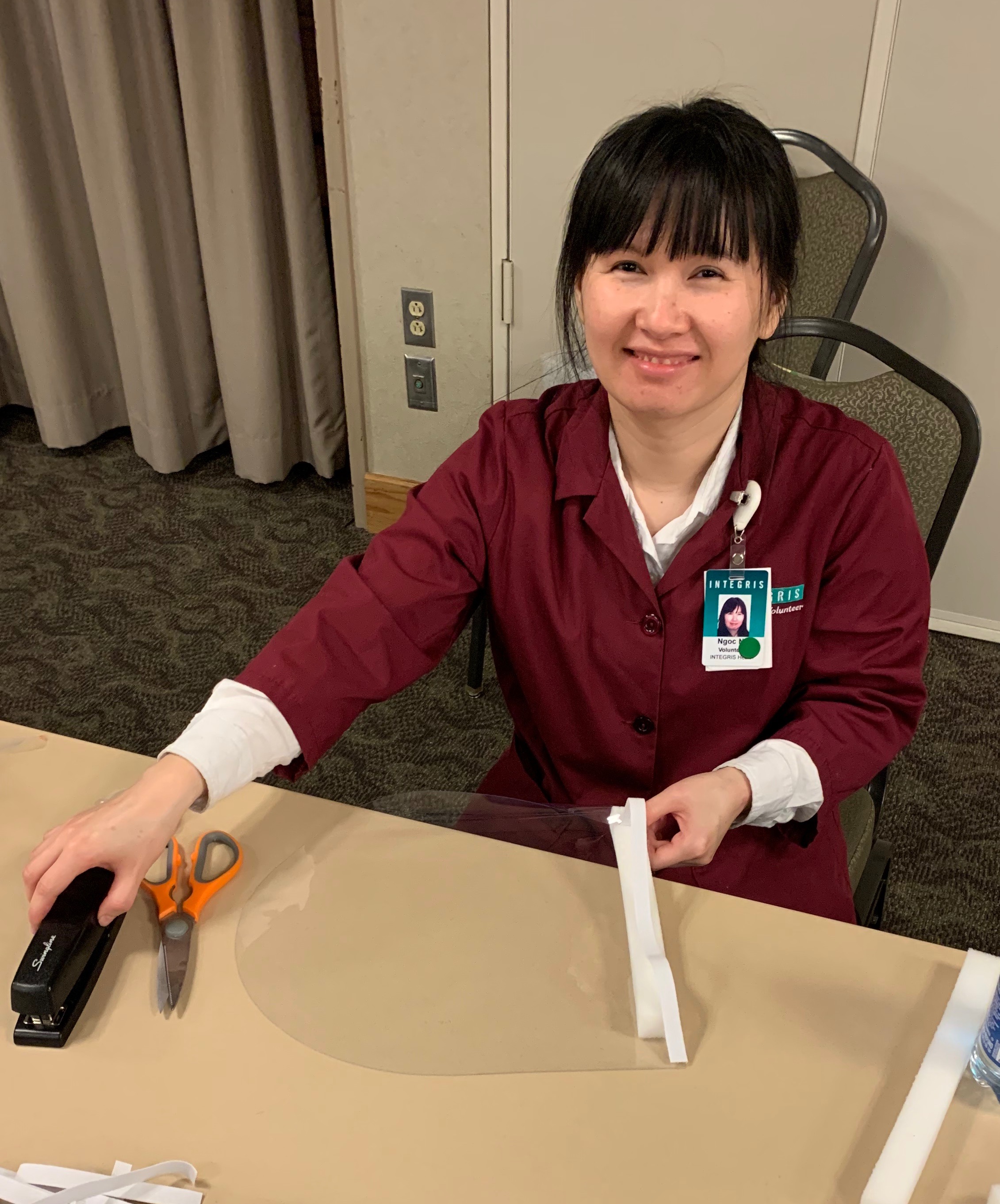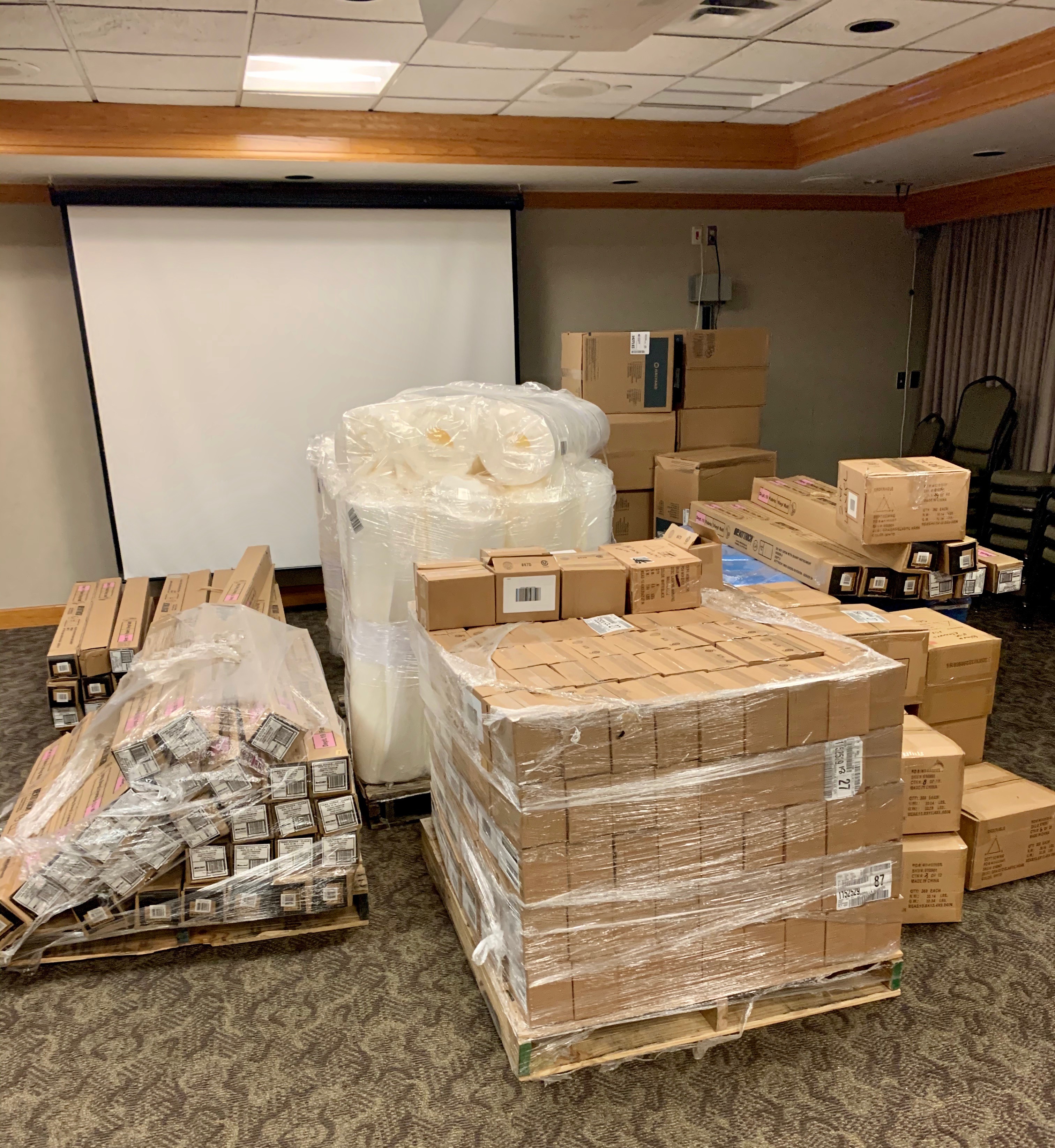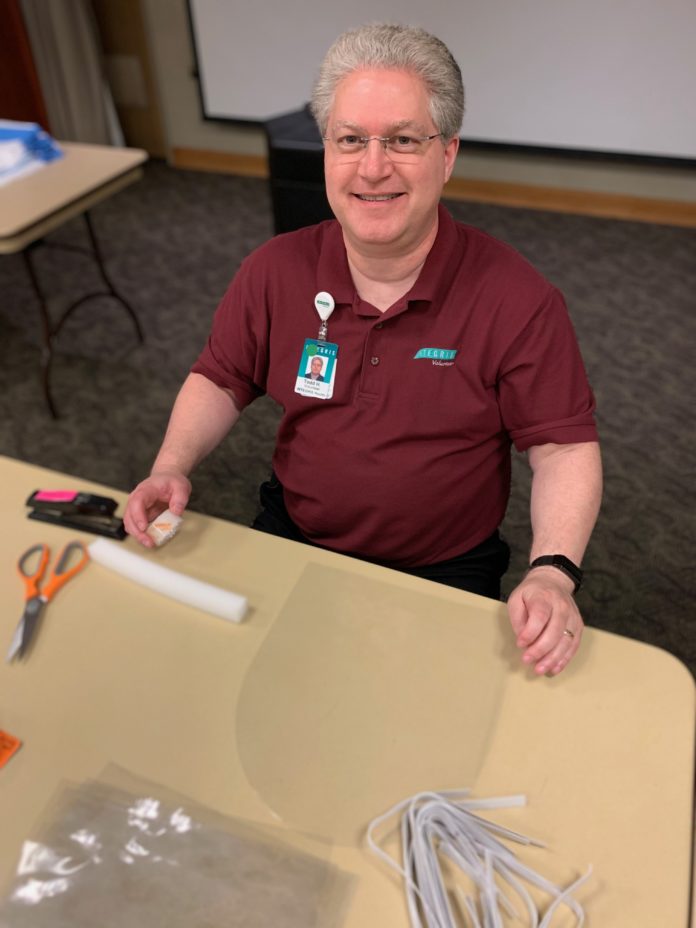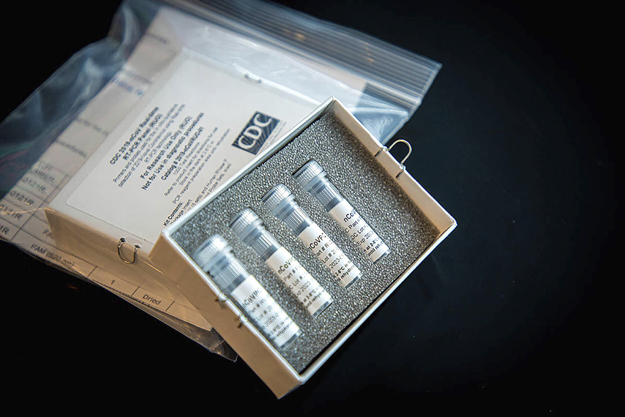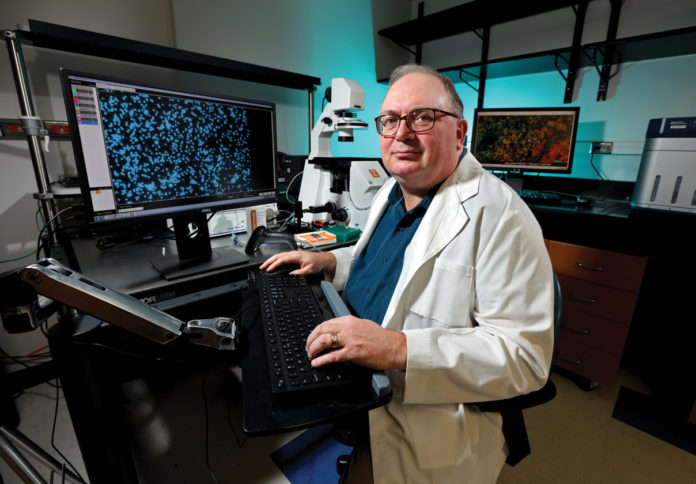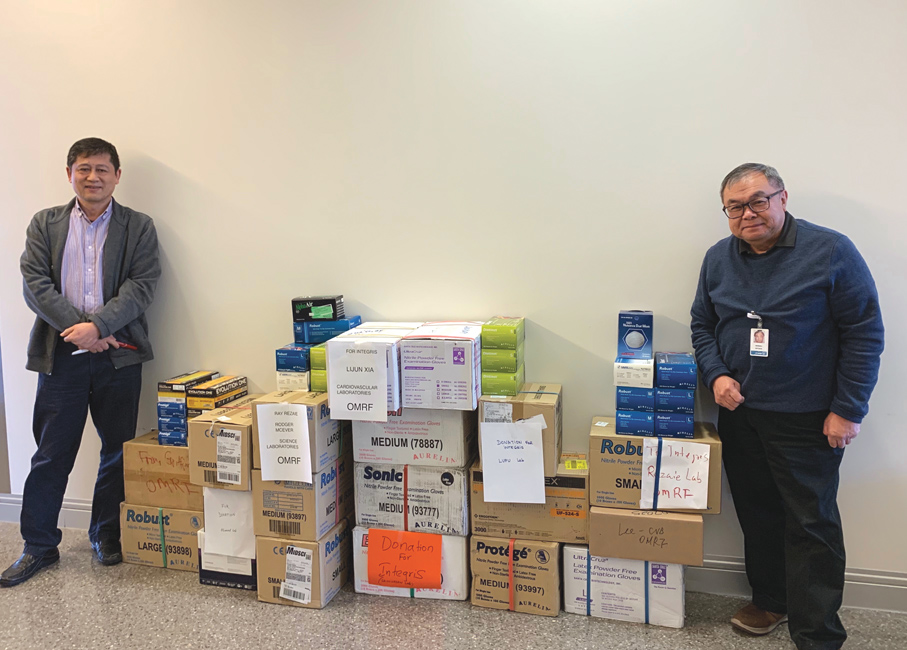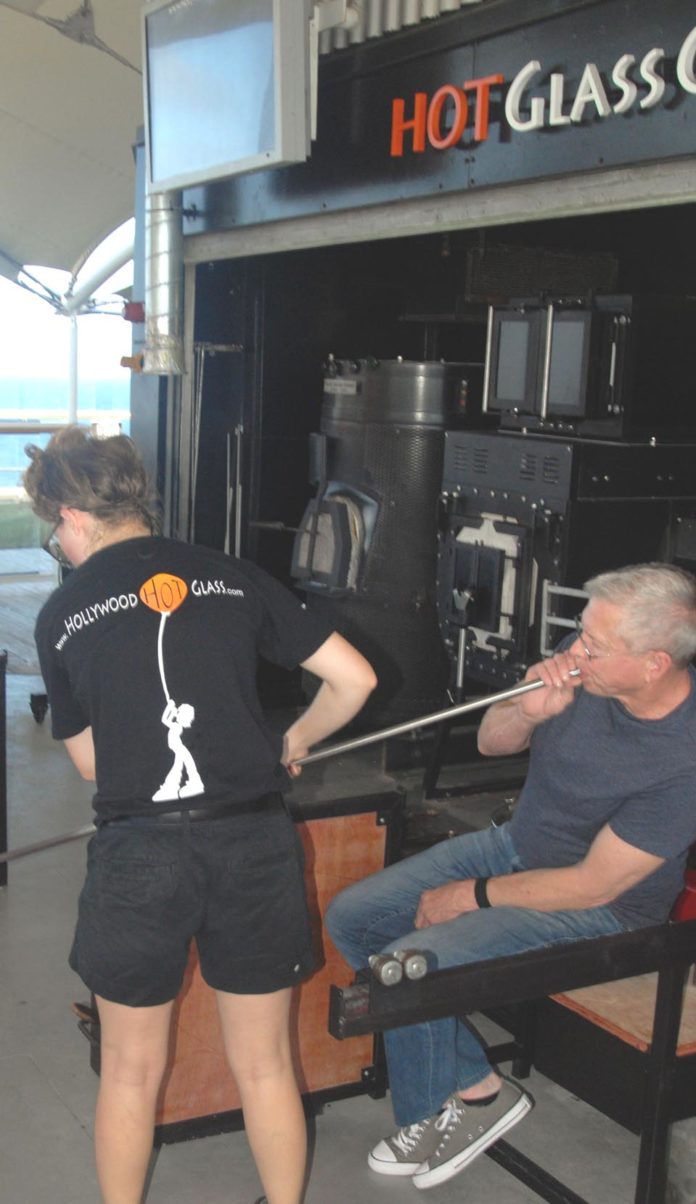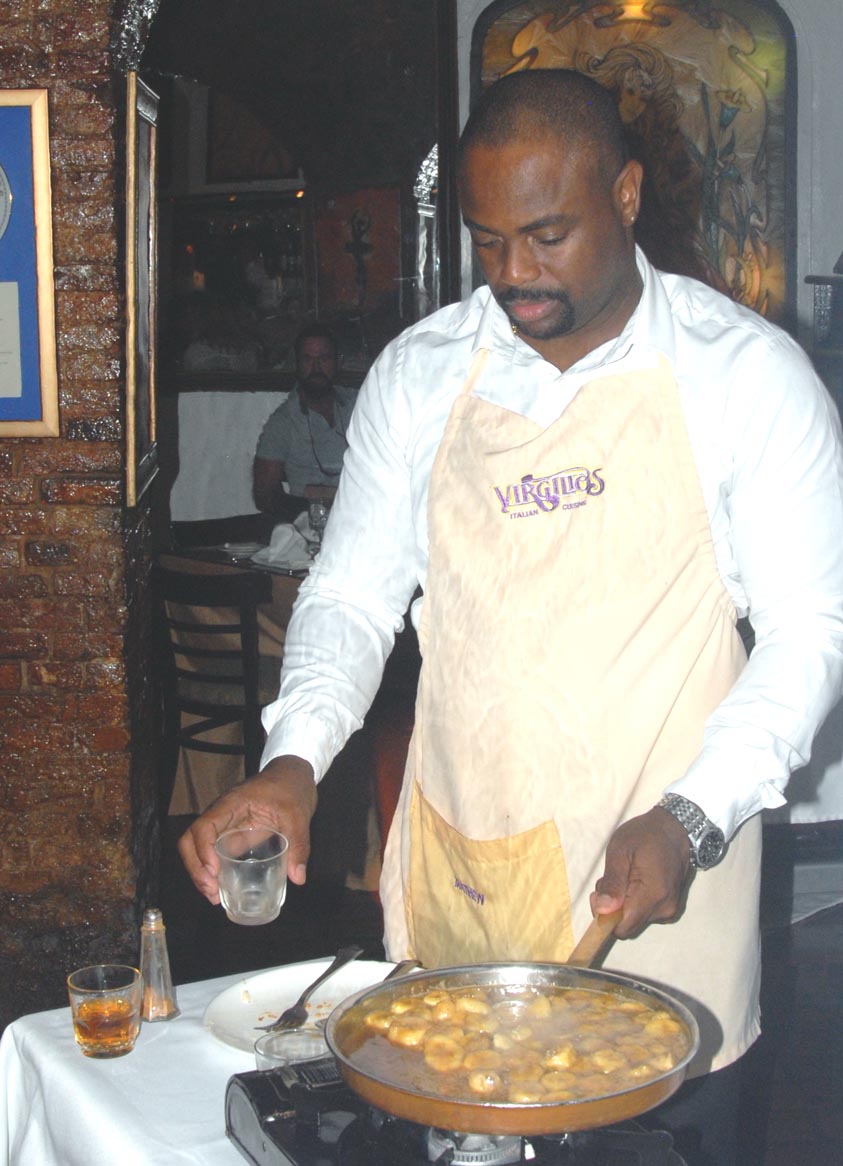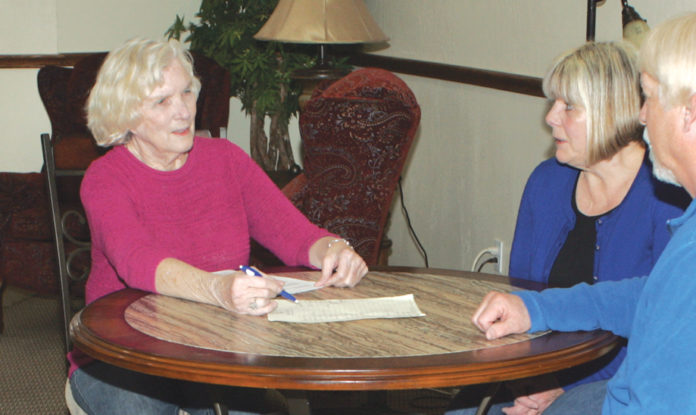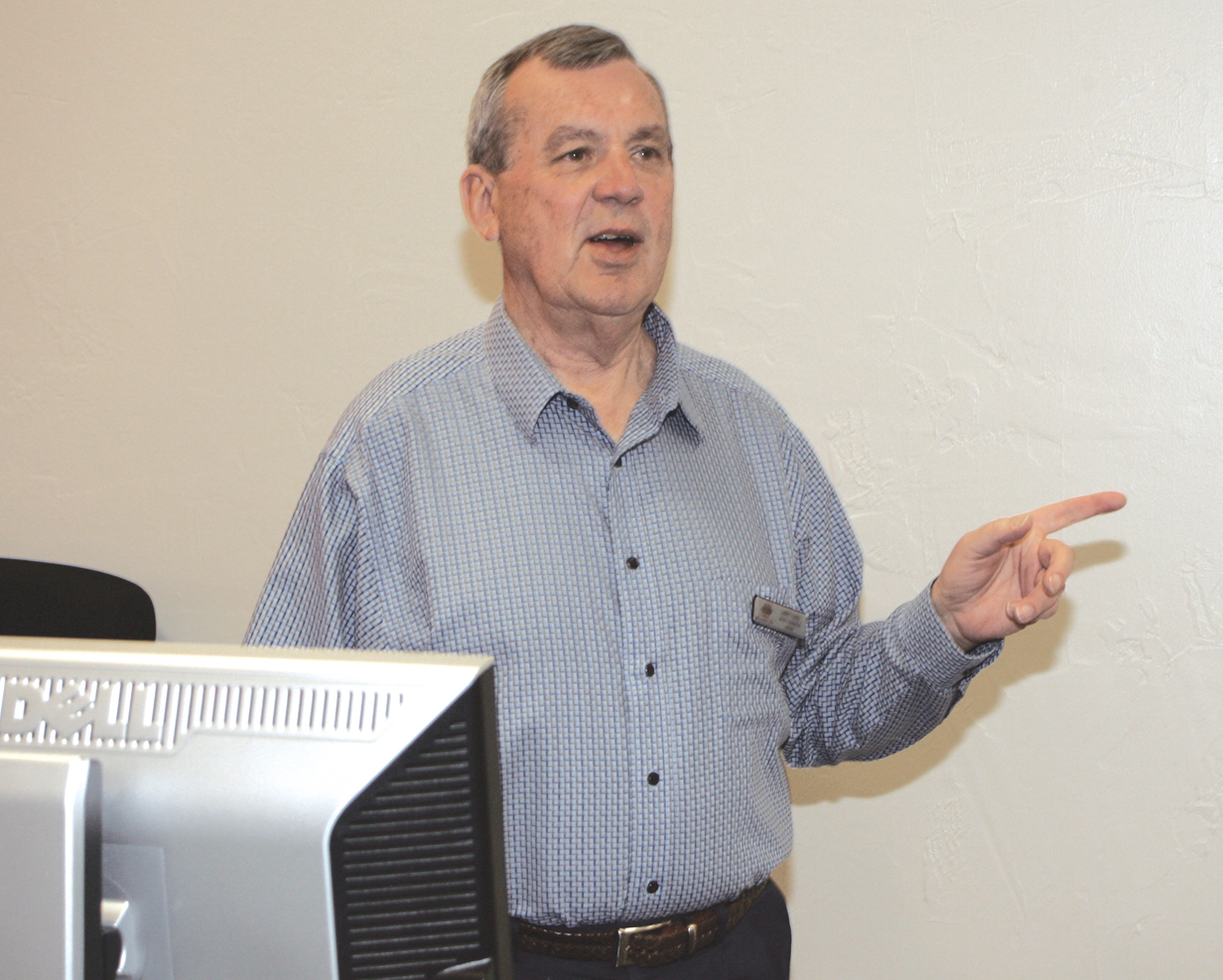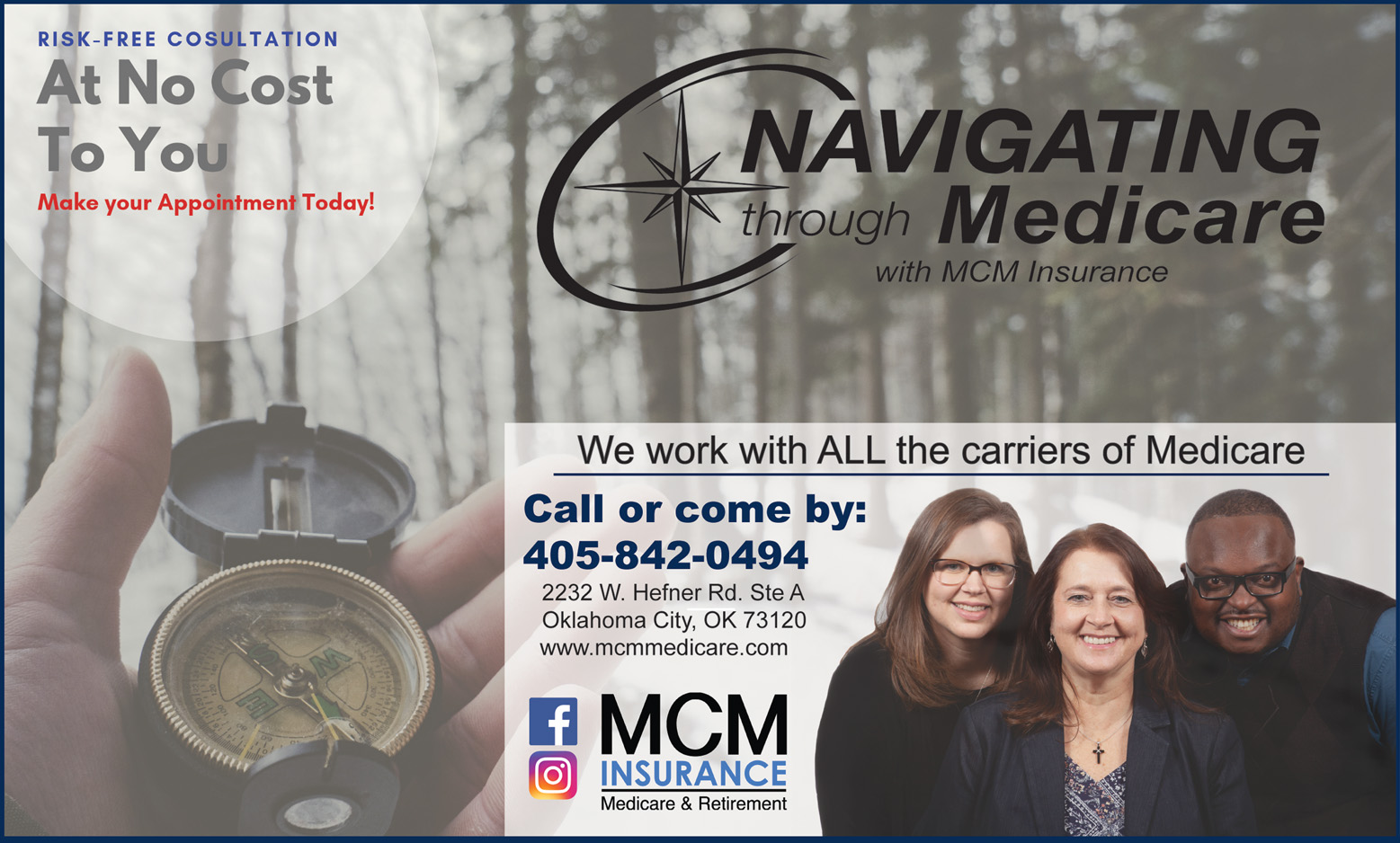New red panda cam connects fans with endangered wildlife during Zoo closure
While the Oklahoma City Zoo is closed due to the unprecedented COVID-19 public health emergency, it remains committed to connecting people to its animals and expert caretakers, and creating moments of wild wonder for all to enjoy during these uncertain times. Beginning Tuesday, March 24, enjoy an exclusive real-time look at the Oklahoma City Zoo’s red panda family with the Zoo’s new red panda cam online at www.okczoo.org/redpandacam. The Zoo’s red panda cam will stream live daily through Friday, May 1, with optimal viewing from 9 a.m. to 4 p.m., weather permitting. When temperatures reach 90 degrees or higher, the red pandas are given exclusive access to their indoor habitats, outside the camera’s field of view.
Experience a virtual visit to the OKC Zoo’s red panda habitat at Sanctuary Asia from the ease of your smartphone, computer or tablet to watch Thomas, 6, and Leela, 5, plus their offspring Khyana and Ravi, 9-months, play, eat and engage with their caretakers. Youngsters, Khyana and Ravi, are always on the move climbing and exploring their habitat, providing hours of viewing enjoyment. In October, Khyana underwent an amputation of her hind, left leg, due to a congenital deformity. She is thriving and continues to do everything her four-legged brother, Ravi, can do–watch and see!
Known for being great climbers, red pandas spend most of their lives in trees, even sleeping in branches. Red pandas grow to be about the size of a typical house cat. Their bushy, ringed tails add about 18 inches to their length and serve as a type of blanket keeping them warm in cold mountain climates.
Though previously classified as a relative of the giant panda, and also of the raccoon, with which it shares a ringed tail, red pandas are currently considered members of their own unique taxonomic family—the Ailuridae. The red panda is listed as an endangered species. Only an estimated 10,000 remain in the wild, and their habitats in remote areas of the Himalayan Mountains, from Nepal to central China, are being threatened by deforestation, agriculture, cattle grazing and competition for resources. The OKC Zoo participates in the Red Panda Species Survival Plan, developed by the Association of Zoos and Aquariums (AZA) as a cooperative effort among AZA-accredited zoos throughout North America to help promote genetic diversity through species management.
Stay connected to your Zoo each and every day with “OKC Zoo @ Two”. This new digital series provides an online safari of the Zoo through caretaker chats, veterinary exams, behind-the-scenes animal encounters and more! Segments are posted on the OKC Zoo’s social media platforms (Facebook, Instagram, YouTube) and at okczoo.org/okc-zoo-at-two daily at 2 p.m. CT. They include pre-produced stories as well as live broadcasts allowing viewers to submit their questions to be answered by Zoo caretakers. On Thursday, March 26, red panda fans won’t want to miss a special red panda caretaker chat featuring more information about this unique species and their new habitat at the OKC Zoo!
Fans wishing to support the OKC Zoo and mitigate the significant cost of the temporary closure can pre-purchase general admission tickets and Zoo-It-All tickets online at okczoo.org/tickets at a 20% discount. These tickets will be valid to use any day before March 31. 2021. The public can also support the OKC Zoo by making a donation at okczoo.org/donate towards the Zoo’s general operating fund or by becoming a ZOOfriends members at zoofriends.org/membership. All active ZOOfriends memberships will be extended for the length of time the Oklahoma City Zoo is closed to the public, including those purchased or renewed during the closure.
Indefinitely closed to the public for the well-being of Zoo guests, team members, ZOOfriends members, volunteers and, of course, the animals in our care, safety is our top priority every day at the OKC Zoo, particularly with the emergence of COVID-19. Zoo officials will continue to closely monitor this developing situation and follow guidance from federal, state and local health officials to determine the Zoo’s reopening date.
Get all the cuteness you can stand with the Zoo’s Red Panda Cam! Located at the crossroads of I-44 and I-35, the Zoo is a proud member of the Association of Zoos and Aquariums, the American Alliance of Museums, Oklahoma City’s Adventure District and an Adventure Road partner. Stay up-to-date with the Zoo on Facebook, Twitter and Instagram and by visiting Our Stories. Zoo fans can support the OKC Zoo by becoming Oklahoma Zoological Society members at ZOOfriends.org or in-person at the Zoo! To learn more about these and other happenings, call (405) 424-3344 or visit okczoo.org.

